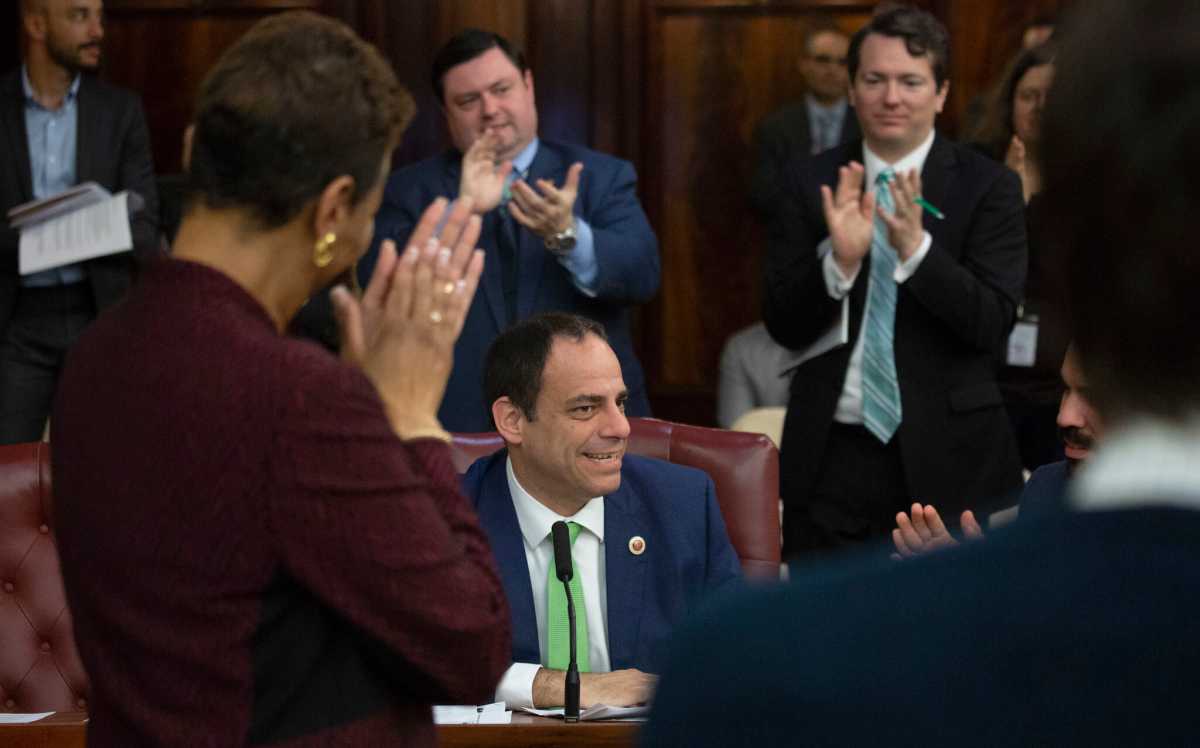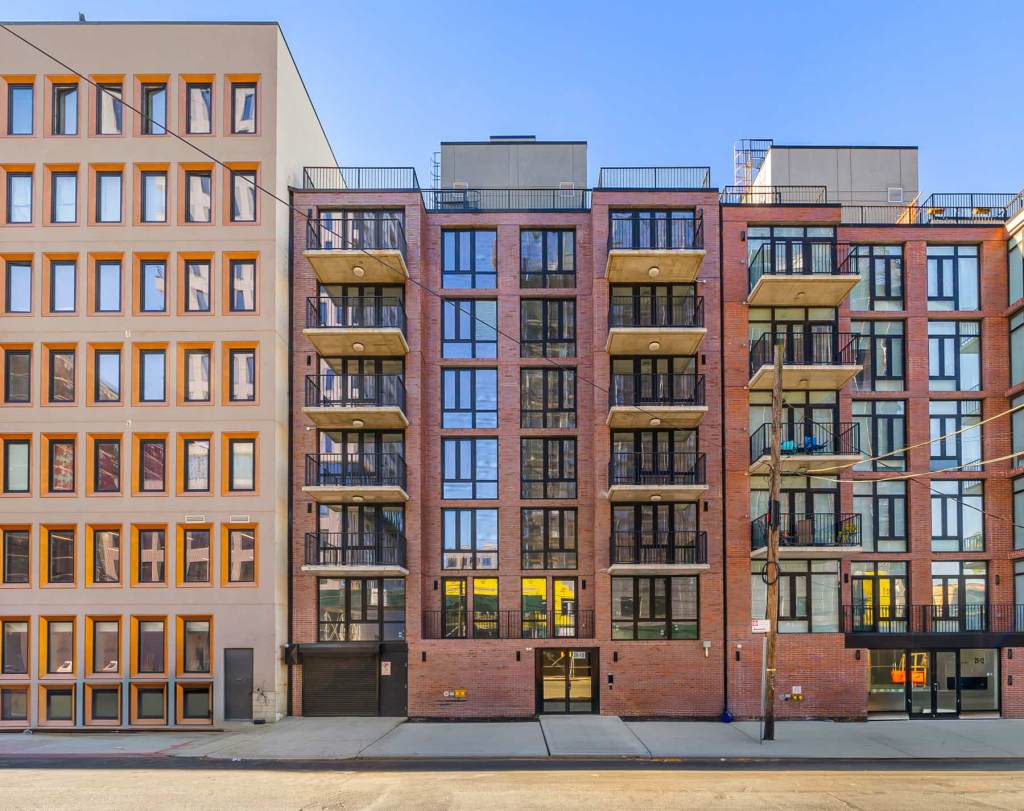New York City has laid the foundation for its own Green New Deal after the City Council passed the Climate Mobilization Act by a 42-2 vote Thursday.
The nine-piece legislative package, introduced by City Councilman Costa Constantinides, will fight the growing effects of climate change on the city’s future. Together, the bills aim to significantly reduce carbon emissions from large buildings, better optimize their roofs for green planting and renewable energy, and take the first steps to fostering clean power throughout the five boroughs.
“The Climate Mobilization Act is a down payment on the future of New York City, one that ensures we lead the way in the ever-growing fight against climate change,” Constantinides, the Chairman of the Committee on Environmental Protection, said. “Today, we sent that message to the world by enacting the boldest mandate to reduce carbon emissions, tackling one of the biggest drivers of climate change.”
The Clean Tower Plan anchors the Climate Mobilization Act and mandates large buildings collectively reduce their carbon footprint a collective 40% by 2030. Though buildings 25,000 square feet or larger account for 2% of the one million structures in New York City, they emit 30% of our greenhouse gases annually.
Different building classes are assigned a specific carbon emission reduction number in the bill, which owners will have flexibility on how best to hit that target. An Office of Building Energy and Emissions Performance will be established within the Department of Buildings to work with owners on how best to hit their emissions number. When signed into law, this will be the largest carbon emissions reduction mandate every enacted by any city, anywhere.
Other approved measures include a low-cost program to finance upgrades required under the clean tower plan, one to clear red tape currently making it difficult to build large wind turbines in the city, and another that requires the city to determine by 2021 which of the 21 gas-powered power plants could be feasibly closed in favor of renewable energy sources and batteries to store power.
“This represents over two years of engagement with the various communities, industries and everyday New Yorkers impacted by climate change,” Constantinides said. “We are answering the call for bold action we’ve heard from the IPCC, Donald Trump’s own National Climate Assessment, and the city’s own panel on climate change,” Constantinides said.
Other approved measures include a low-cost program to finance upgrades required under the clean tower plan, one to clear red tape currently making it difficult to build large wind turbines in the city, and another that requires the city to determine by 2021 which of the 21 gas-powered power plants could be feasibly closed in favor of renewable energy sources and batteries to store power.
That bill is of special interest to an area of Queens known as “Asthma Alley” where residents suffer a high rate of respiratory ailments due to power plants in Long Island City and Astoria that produce over 50 percent of the entire city’s electricity. Pollutants caused by these power plants contribute to the risk of asthma.
Multiple reports last year, published at the international, federal, and local level warn of catastrophic circumstances as soon as 2030 without government taking real action now. The National Climate Assessment, published in November, warned the New York region could see up to 100,000 climate refugees by 2100 due to intense flooding and other effects from this phenomenon.
“We have a historic opportunity to protect our planet and mitigate the devastating effects of global warming,,” Speaker Corey Johnson, who co-sponsored the legislation, said. “There is no time to waste. We have an obligation to act now, not for us, burt for our children and grandchildren. This is why the City Council passed some of the most aggressive and innovative climate change legislation on the planet to combat climate change. This is a Green New Deal for New York City. It is our hope that other municipalities, big and small, will follow in our footsteps.”
City Councilman Donovan Richards’ bill to promote green roofs — natural planting, solar panel and small wind turbine installation, on buildings five stories or smaller, passed as part of the Climate Mobilization Act.




































